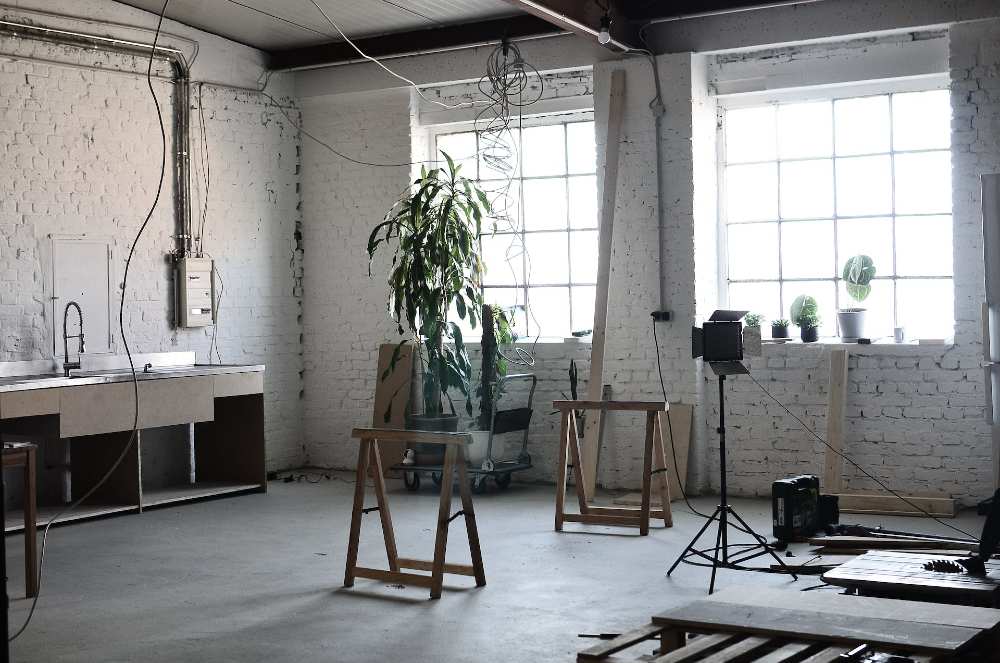Water damage in homes can be a devastating experience, particularly in cities like Orlando, where climatic conditions such as excessive heavy rainfall often contribute to such incidents. From hurricanes to heavy rains, the susceptibility to water damage is a recurring concern for many homeowners. When water invades a home, it can cause a multitude of problems, ranging from structural damage to health hazards like mold.
This makes prompt action essential. Addressing water damage quickly not only mitigates the extent of the damage but also reduces the potential costs and health risks associated with delayed repairs. In this article, we will explore ten crucial home improvements to undertake after experiencing water damage.
1. Assessing the Damage
The first step in recovering from water damage is a thorough assessment. This involves determining the source of the water, the type of water involved, and the extent of the damage. It’s important to identify whether the water is clean, gray, or black, as this will influence the restoration approach. Homeowners should inspect all areas of their homes, including basements, crawl spaces, and hidden corners, for any signs of water penetration. Documenting the damage through photographs can be helpful for insurance claims and future reference.
2. Understanding Restoration Costs
The cost of restoring a home after water damage can vary greatly. If you’re living in Orlando, for instance, you must know that the total Orlando water damage restoration cost can range from $450 to $15,000. This variation depends on several factors, such as the water source, the extent of damage, the size of the affected area, and the materials involved.
Clean water from a broken pipe is typically less costly to address than black water from a sewer backup. Moreover, the longer the water remains, the more extensive the damage can be, thus increasing the restoration costs. Homeowners should get multiple quotes from professional services to understand the potential costs involved.
3. Water Removal and Drying
Removing standing water and drying out the property is critical in the restoration process. This usually involves using pumps or vacuums to remove the water, followed by the use of dehumidifiers and air movers to dry out the area. It’s important to ensure that all moisture is removed to prevent the growth of mold and mildew. In some cases, carpets and padding may need to be removed to expedite the drying process. This step should be started as soon as possible to minimize further damage.
4. Mold Prevention and Remediation
Mold can start growing within 24 to 48 hours in a damp environment, making immediate action vital. Preventing mold involves not only thoroughly drying the affected areas but also cleaning and disinfecting them. This may require professional mold remediation services, especially if the mold growth is extensive. Preventive measures like maintaining optimal humidity levels and ensuring good ventilation can also help keep mold at bay.
5. Repairing Structural Damage
Water damage can compromise the structural integrity of a home. It’s crucial to assess and repair any structural damage, including weakened walls, floors, and ceilings. In some cases, this may require extensive reconstruction, especially if wooden components have been soaked for extended periods. It’s advisable to consult with structural engineers or construction professionals to ensure that repairs are done safely and effectively.
6. Electrical System Safety
After water damage, one of the primary concerns should be the safety of the home’s electrical system. Water and electricity create a hazardous combination, and even a small amount of moisture can cause serious problems. Homeowners should immediately shut off the main power if water has infiltrated electrical outlets or fixtures. It’s essential to have a licensed electrician inspect all components, including wiring, outlets, and circuit breakers, for safety.
This professional can determine what needs to be repaired or replaced to ensure the electrical system is safe and functional. Additionally, homeowners should consider upgrading their electrical system to include moisture-resistant materials and GFCI (Ground Fault Circuit Interrupter) outlets in areas prone to water exposure.
7. Restoring Plumbing Systems
Water damage often affects the plumbing system of a house. It’s crucial to inspect all pipes and fixtures for damage, as leaks can be both a cause and a consequence of water damage. Homeowners should look for signs of broken pipes, leaks, or blockages. In some cases, professional plumbers may need to replace or repair damaged pipes to prevent future leaks. Regular maintenance of the plumbing system, including checking for rust or corrosion in pipes, can also help avoid water damage in the future.
8. Renovating Flooring and Wall Coverings
Water can severely damage flooring and wall coverings, necessitating their renovation or replacement. When choosing new materials, homeowners should consider options that are more resistant to water damage, such as ceramic or porcelain tiles for floors and water-resistant paint or tiles for walls. If carpets were soaked, they might need to be replaced to prevent mold and mildew.
Hardwood floors that have warped or buckled will also require attention, either through sanding and refinishing or complete replacement. In walls, drywall that has been water-damaged should be cut out and replaced to avoid the growth of mold inside the walls.
9. Improving Drainage and Waterproofing
Improving a home’s drainage and waterproofing is an essential step in preventing future water damage. Homeowners should ensure that their property has adequate drainage to direct water away from the foundation.
This can include installing or cleaning gutters and downspouts, adding extensions or splash blocks to downspouts, and grading the landscape to keep water from pooling around the home. Waterproofing measures, such as applying sealants to basements or crawl spaces and using water-resistant building materials, can also provide an added layer of protection against water damage.
10. Investing in Homeowners Insurance
Having a comprehensive homeowners insurance policy that covers water damage is essential. Homeowners should review their policies to understand what types of water damage are covered and consider additional coverage for situations not included in standard policies, such as flood insurance. It’s also important to document the home’s condition and possessions through photos or videos, as this can be invaluable in filing an insurance claim after water damage occurs.
Conclusion:
Recovering from water damage involves more than just immediate repairs; it requires a comprehensive approach that addresses both the current damage and ensures future prevention. The steps highlighted above not only help restore the home to its former condition but also safeguard it against future water-related incidents. For homeowners, especially those in areas prone to water damage like Orlando, taking these measures is a crucial investment in their property’s longevity and their peace of mind.




